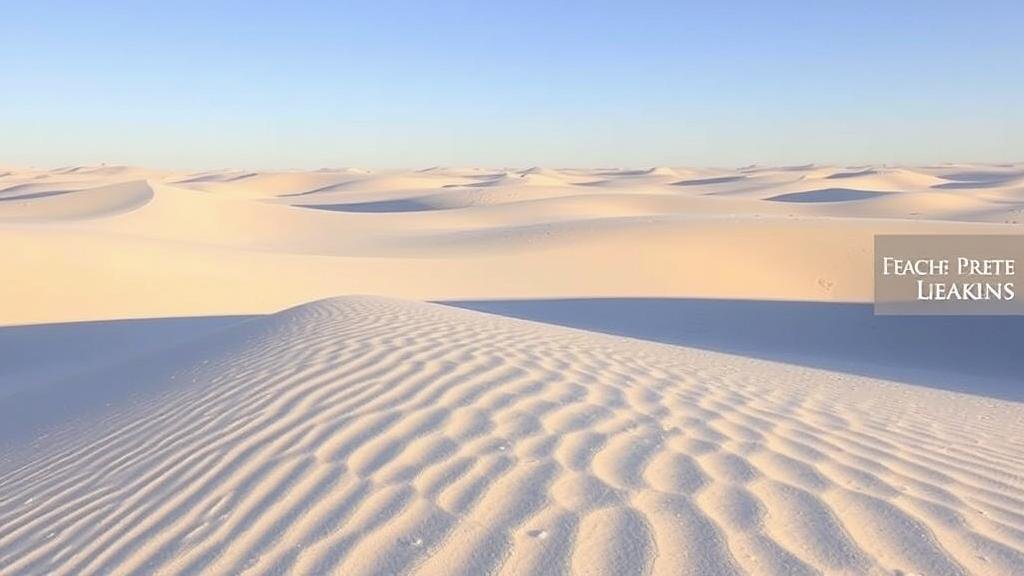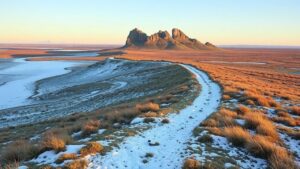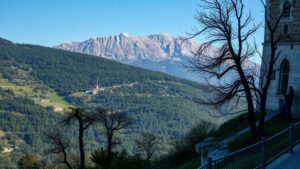Investigating the shimmering sands of the White Desert in Egypt.
Investigating the Shimmering Sands of the White Desert in Egypt
The White Desert, or Sahara Blanc, located in Egypts Western Desert, is a mesmerizing natural wonder known for its unique snow-white landscape, filled with extraordinary rock formations and chalky cliffs. This pristine expanse stretches roughly 300 kilometers from the Bahariya Oasis to the Farafra Oasis and offers a striking contrast to the surrounding brown sands. The otherworldly beauty and geological phenomena make it a site of interest for both tourists and researchers alike.
Geological Features
The White Desert is renowned for its distinctive geological features, primarily composed of large white calcium carbonate formations. e structures, shaped by wind erosion and other natural weathering processes, often resemble animals and surreal figures, captivating the imagination of visitors. The formations can reach heights of several meters and are often stark against the azure sky.
One of the most famous formations, the Mushroom, is shaped like a giant mushroom, standing about 2 meters tall. Such shapes provide a perfect example of sedimentary rock evolution influenced by erosive forces. Research into these formations aids geological studies on erosion and environmental changes in arid regions.
Historical Context
The White Desert is not merely a scenic wonder; it carries rich historical significance. Evidence suggests that the area was once underwater, part of an ancient sea known as the Tethys Ocean. This geological history indicates that marine fossils, including sea urchins and mollusks, can still be found embedded in the limestone and chalk deposits.
Throughout history, the desert has also served as a refuge for various civilizations. Ancient Egyptians utilized the nearby Bahariya Oasis as a critical point for trade and agriculture, taking advantage of its fertile lands surrounded by desert. The discovery of the Valley of the Golden Mummies in 1996 further highlights the historical importance of the surrounding area.
Flora and Fauna
Despite its seemingly desolate appearance, the White Desert is home to various forms of life adapted to extreme conditions. Native plant species include:
- Acacia
- Desert broom
- Various grasses
The fauna includes desert-adapted animals such as:
- Sand foxes
- Hyenas
- Various reptiles
These species demonstrate remarkable adaptations to survive in an environment with extreme temperature fluctuations, often exceeding 40°C during the day and dropping below freezing at night.
The White Desert as a Tourist Destination
The White Desert has gained popularity as an ecotourism destination, attracting adventurers and nature enthusiasts alike. Activities available to visitors include:
- Camping under the stars
- Sandboarding on dunes
- Guided tours to explore unique rock formations
Tour operators often emphasize sustainable tourism practices to preserve the fragile ecosystem. Visitors are also encouraged to participate in clean-up initiatives to minimize their ecological footprint.
Preservation Efforts
As tourism increases in popularity, efforts to protect the White Deserts unique ecosystem have become crucial. The area has been designated as a national park, promoting regulations that limit pollution and habitat destruction. Local communities are involved in conservation activities, working to raise awareness about sustainable practices that ensure the preservation of this natural treasure for generations to come.
Conclusion and Takeaways
The White Desert of Egypt is not merely a visual spectacle; it is a region filled with geological wonder, historical intrigue, and ecological richness. Its stunning formations and unique biodiversity provide ample opportunities for scientific study and tourism. Visitors can engage with this environment thoughtfully to ensure its continued survival.
In summary, the White Desert is a place where nature, history, and adventure intersect, making it a must-visit destination for anyone interested in exploring the diverse landscapes of Egypt. By understanding its significance and participating in preservation efforts, tourists can experience its beauty while contributing to its sustainability.



